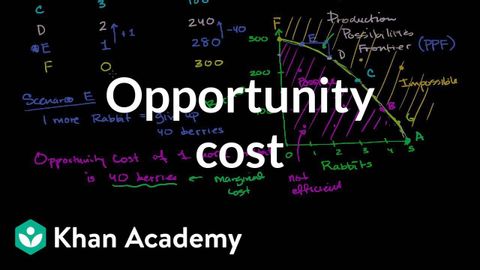
Subtitles & vocabulary
Opportunity Cost
00
Jane posted on 2016/09/18Save
Video vocabulary
phrase
US /frez/
・
UK /freɪz/
- Noun
- Common expression or saying
- Section of musical notes in a piece of music
- Verb (Transitive/Intransitive)
- To choose words to say what you mean clearly
A2
More off
US /ɔ:f/
・
UK /ɒf/
- Preposition
- Away or free from work
- (Of foods, drink) old and bad to eat, drink
- Adverb
- Separated, removed, or away from a place or route
- (Of a machine) no longer turned on or operating
A1
More bunch
US /bʌntʃ/
・
UK /bʌntʃ/
- Noun (Countable/Uncountable)
- A group of things of the same kind
- A group of people.
- Transitive Verb
- To group people or things closely together
B1
More assume
US /əˈsum/
・
UK /ə'sju:m/
- Transitive Verb
- To act in a false manner to mislead others
- To believe, based on the evidence; suppose
A2TOEIC
More Use Energy
Unlock All Vocabulary
Unlock pronunciation, explanations, and filters
